When Is Ganga Dussehra Festival? Story Of Origin, Importance of Number 10
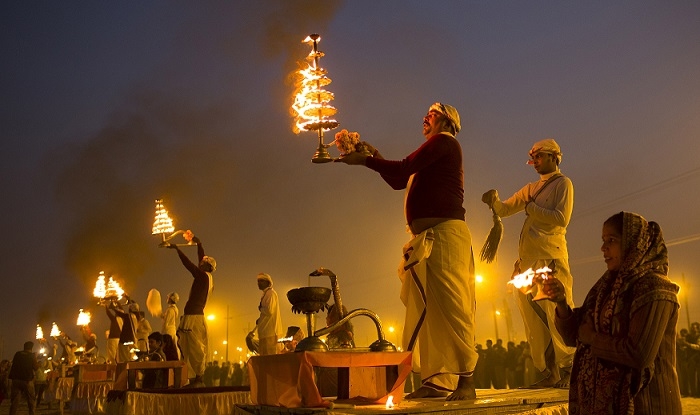 |
| Photo Rgyan |
When is Ganga Dussehra?
The festival of Ganga Dussehra is celebrated on the tenth day of the Shukla Paksha of Jyeshtha month. This day is a special day for Hindus as well as all mankind. Ganges Dussehra falls in the months of May and June. On Jyeshtha Shukla Paksha Dashami on Monday and Hasta-nakshatra, this date is considered to destroy the sins. Gangavataran took place on Wednesday in Hasta Nakshatra, on this date Ganga Dussehra is also known as Gangavataran. Therefore, this date is more important. On this date, ten sins are destroyed by bathing, charity, and tarpan, hence it is called Dussehra.
This is the day when Ganga was brought down to earth to cleanse the cursed souls of her ancestors and destroy sins. Before coming to earth, Goddess Ganga was residing in the kamandal of Lord Brahma.
| Ganga Dussehra 2021 Date & Puja Timings Ganga Dussehra on Sunday, 20 June 2021 Dashami Tithi Begins – 06:45 PM on 19 June 2021 Dashami Tithi Ends – 04:21 PM on 20 June 2021 |
Ganga Dussehra Story
According to scriptures, on this holy day of Gangavataran, Lord Shiva opened his hair locks and allowed Goddess – Ganga to descent on earth from the Heaven-world.
Being the sacred river and originated from Heaven, she came down to earth to wash away all the sins of mankind and her dearest devotees.
Legend holds it: To accomplish the last ritual of his dearest Ancestors, the sage (Rishi) Bhagirath once penanced hard and meditated so long to persuade River Ganges for controlling the course of Goddess- Ganga and solicited to come on earth. Lord-Shiva got pleased by his austerity and assembled the flow of Ganga in his black matted hair. From that notable day, Ganga emerged to flow from the long tangled hairs of Shiva on this earth. Therefore, this eminent festivity is remarked as the day when Goddess Ganga came down to earth from Heaven. Due to this reason, river Ganga is also famed as- Bhagirathi among the Hindu Followers.
**READ MORE: 12 Most Popular Festivals and Holidays in India During June
Celebrations
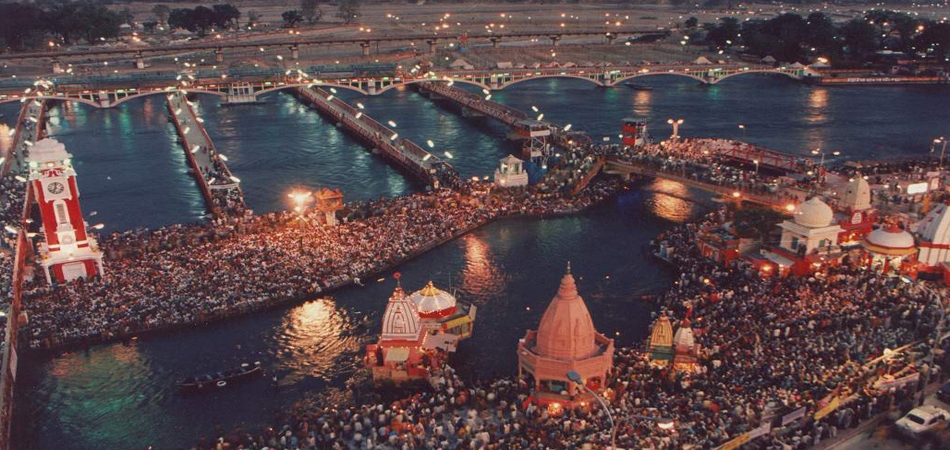 |
| Photo Newsd |
The celebration at Haridwar, much like any other festival, was an explosion of colour and activity, while also providing for livelihoods through endless products and services on sale. The many pandits with their rituals, street food vendors, toy sellers capitalising on the presence of children, selfie-stick sellers and those selling faith or objects of faith. Just the ability of finding peace and personal space in such an overwhelming situation might qualify one for karmic points.
Pilgrims from across the country had travelled for the Ganga Dussehra celebrations. All rituals aside, it was interesting to see how folks who had travelled from long distances, were navigating the tight spaces and language barriers. There were multiple free food camps set up for visitors, far from the hustle of the main ghats that are mostly commercialised. We’d often also find people in deep conversation, discussing possible routes and timings of getting back to their villages.
The police and civic volunteers were on active duty, especially on the many bridges over the canal, for fear of overloading beyond the structure’s intended capacity. Other folks also on active duty were the local boys who were showing off their machoism by constantly leaping into the fast flowing waters of the canal. Some would then drift from bridge to bridge, clinging on to the iron chains dangling from each of these successive bridges.
As the day warmed up, the activities started to cool down. The longer part of the day spent in meditative introspection, something that festivals such as this – built around the idea of good and bad deeds – have the capacity to induce. This also gave a break to the hard worked policemen and civic volunteers, who had to then prepare for an evening of even larger crowds.
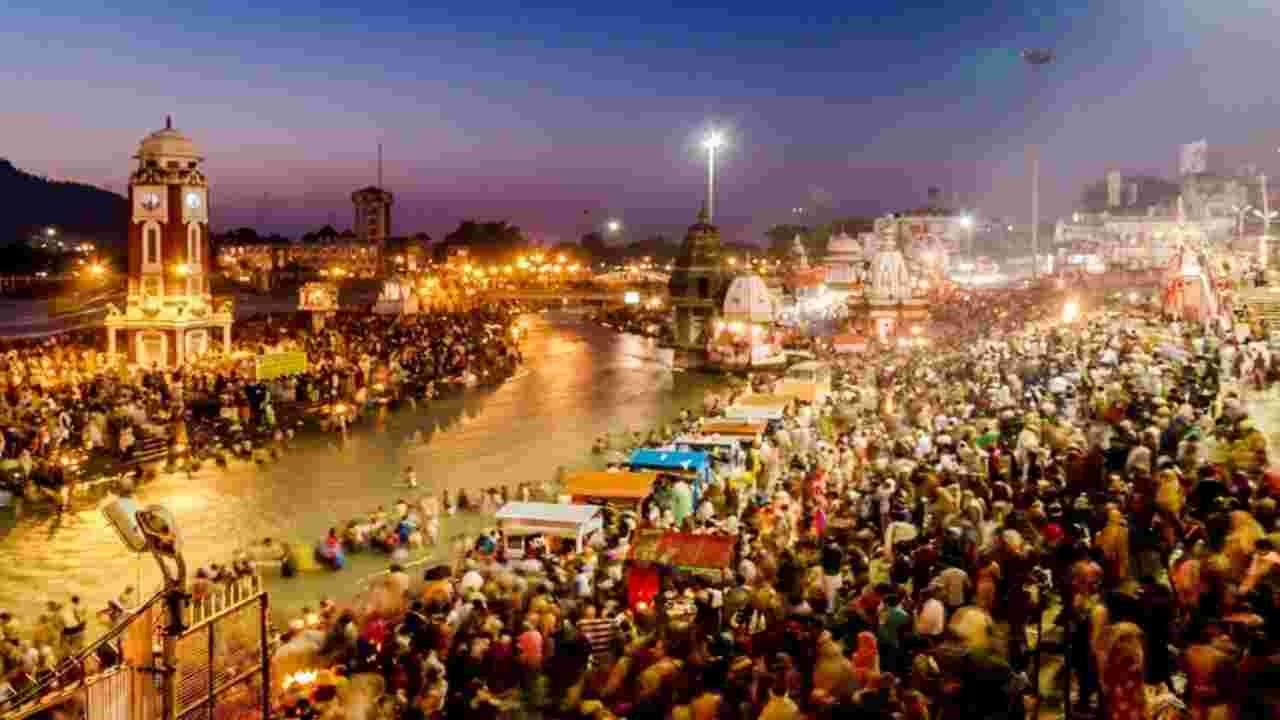 |
| Photo Newsd |
The evening aarti (when songs are sung and lamps lit and offered to deities) at Har Ki Pauri, Haridwar is a popular attraction every day of the year, but the crowds that gather on days like the Ganga Dussehra can really swell into a huge number. There’s certain energy in the air at this time, when people are made to take an oath to never pollute the river again, an almost hopeful moment. After the aarti, rituals continue as more people arrive at the ghats to partake their share of sin resolution. This ritual involves taking dips in the water and an offering of flowers and lighted diyas in a leaf container.
Watch this video to know how the festival was celebrated 2 years ago
| Drying river, dying traditions When walking along the Ganga in the past couple of years, villagers had shared with me some interesting stories related to this festival. In one of these places in Uttar Pradesh, groups still go on weeklong walks along the river, returning on the day of Ganga Dussehra for final celebrations. On the other hand, I heard complaints from old folks in Bengal. They say old traditions have been quashed. There used to be extended fairs, markets and festivities on the riverbanks during the Ganga Dussehra. But under the extended governance of the CPI(M) party which was in power in Bengal for decades, this is now almost forgotten. Today celebrations are restricted to prayers and offerings by a few on the ghats. These local practices of celebrating our rivers are slowly vanishing, as is the physical form of the river. How much longer till it loses its powers to forgive our sins? |
The Importance of Number 10 in Ganga Dussehra
Ten plays a momentous and unique role in celebrating Ganga Dussehra. The name itself reveals the importance of ‘Dussehra’ which comes from ‘DUS’ which means Ten and Hara which says Defeat. Let’s know the pre-eminence of Number-10 in Hinduism whilst commemorating Ganga Dussehra:
-These 10 days are devoted saintly to pay homage to the river Ganges.
-On this propitious day, devotees are advised to take a holy dip in Ganges sacred water to get rid of 10 wrong deeds.
-To attain Moksha or Salvation, one should worship Goddess Ganga with 10 traditional rituals and the customs on the Bank of the divine river, early in the morning.
-Offer 10 favorites of Goddess-Ganga including- flowers, Prasada (bhoga), leaf boats laden with flames and Milk, etc. to Maa- Ganga to get blessings in immensity.
-Make sure to donate 10 edible ingredients(sweetmeats)to the poverty-stricken and needy people.
-It is recommended to observe fast at least for 10 hours on this day without consuming even water to impress- Goddess Ganges.
-10 distinct sounds and hymns are produced while chanting Aartis and reciting Devi’s Mantras through Bells and Conches on the River Bank.
-A high-spirited and vigorous Ganga-Dusshera ceremony is observed in 10 chief States in India, where River-Ganges flows. These are Himachal Pradesh, Uttarakhand, Uttar Pradesh, Madhya Pradesh, Chhattisgarh, Bihar, Jharkhand, Haryana, Rajasthan, and West Bengal.
-This holy observance embraces- establishing a magnificent artificial temple of 10 bamboo or wooden sticks right at the center of the River-Ganges or a water stream.
-It is considered to be very sacred and auspicious to worship Goddess-Ganga in this holy season, as it is one of the Tenths (10th) Supreme godheads praised in Hindu folklore.
| Highlights: Ganga Dussehra is held for ten days in the month of May/June. During the festival, devotees take a dip in the holy water of the river to cleanse their soul and all their sins. In the evening, Aarti takes place, earthen lamps are put to float on the river and reverential melodies are sung by the devotees. On the same day, the River Yamuna is also worshiped. Similarly to Ganga, devotees also take a dip in the holy river Yamuna at places where the stream is flowing. |
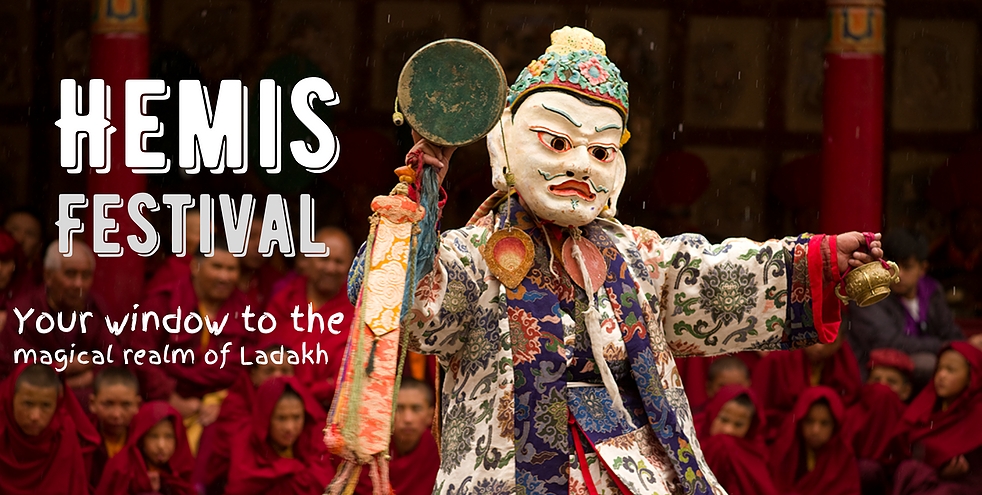 Hemis Gompa Festival: When, Where, Why To Celebrate and Best Quotes Hemis Gompa Festival: When, Where, Why To Celebrate and Best Quotes Hemis Gompa festival will take place on June 20-21 this year. Why it’s celebrated and how they celebrate the festival. Check it out! |
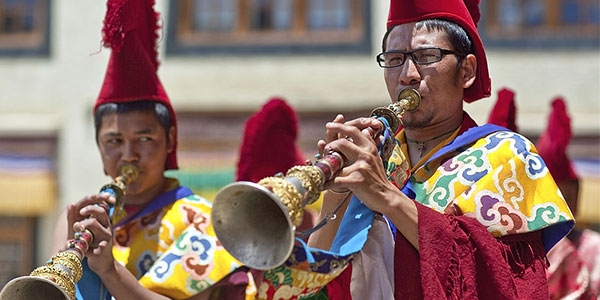 Yuru Kabgyat Festival: Time, Significance, Mask Dance Yuru Kabgyat Festival: Time, Significance, Mask Dance Yuru Kabgyat is a colorful festival celebrated in mid-June by Buddhists. Read on to know the festival's date, meaning and activities to celebrate. |
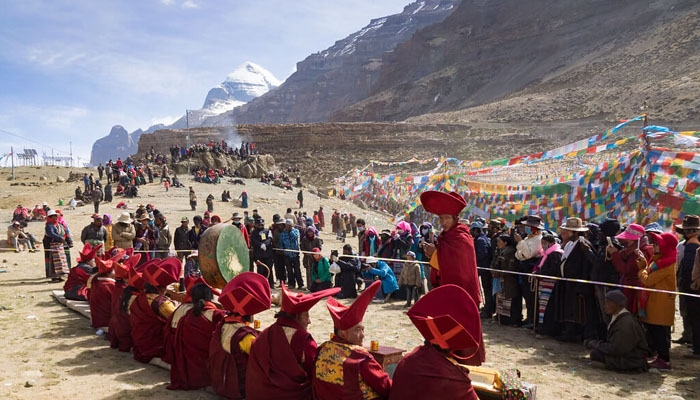 When is Saga Dawa Festival: Significance, Celebrattion, Places to Visit and Why "The Poor’s Day' When is Saga Dawa Festival: Significance, Celebrattion, Places to Visit and Why "The Poor’s Day' Saga Dawa Festival is observed by Tibetan Buddhist as one of the important festival in their society. Read on to know its significance and activities ... |



























